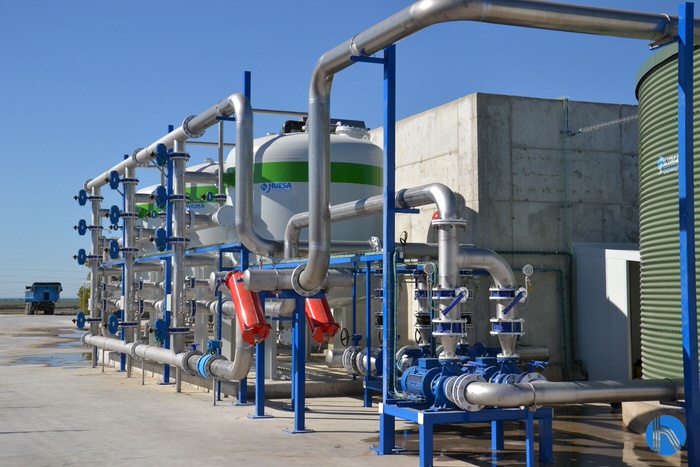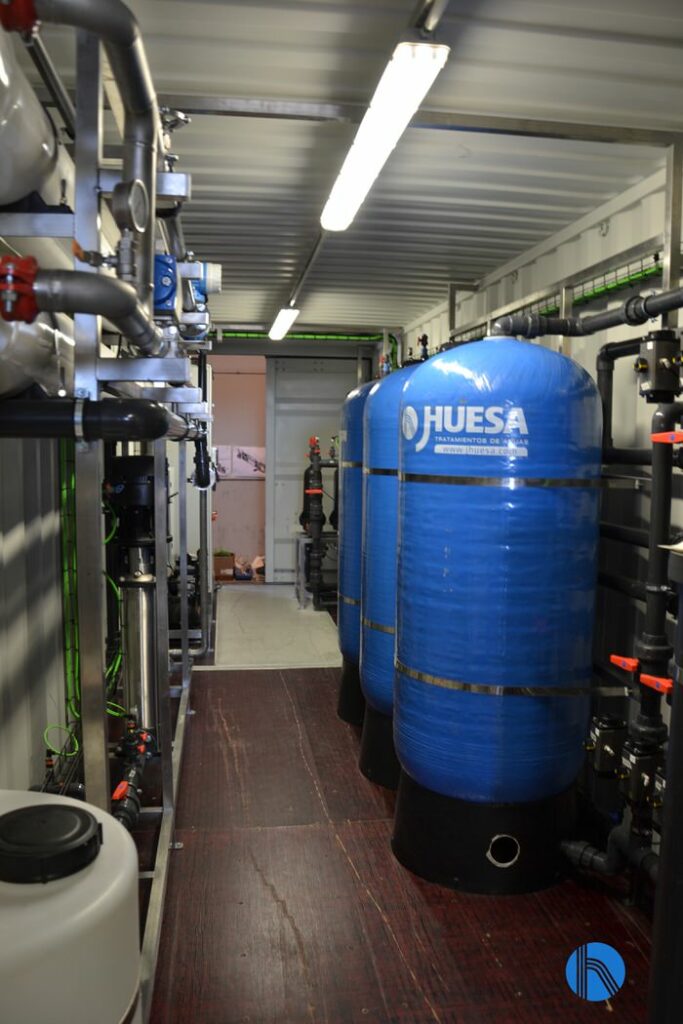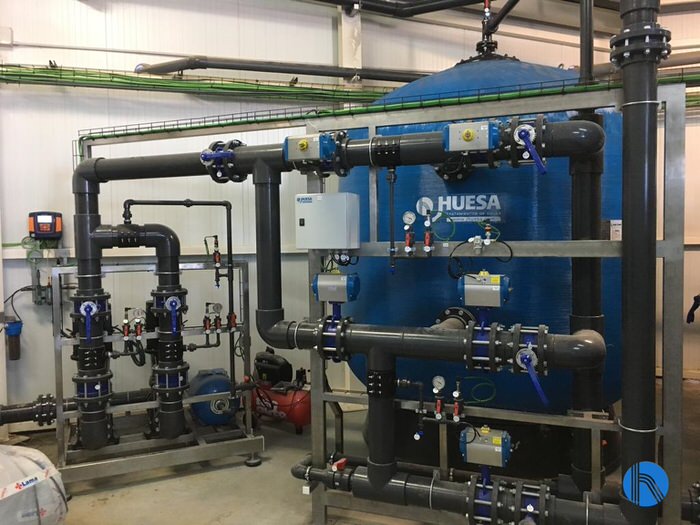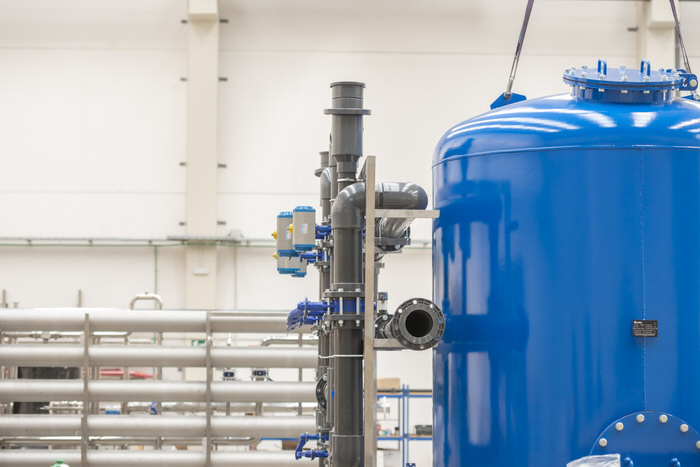Physical operation involving the passing of water through a filtering medium with the goal of separating out the fluid from the material that is carried along with it. The filter medium is always either a support or a bed, called support filtration or bed filtration, respectively.
The particles are retained in the filter medium created by the filter element and the fluid is left free of particles. The pore size is directly related to the type and dimensions of the particles that can be separated.
Several external criteria are used to determine the type of filter and filter media that should be used:












